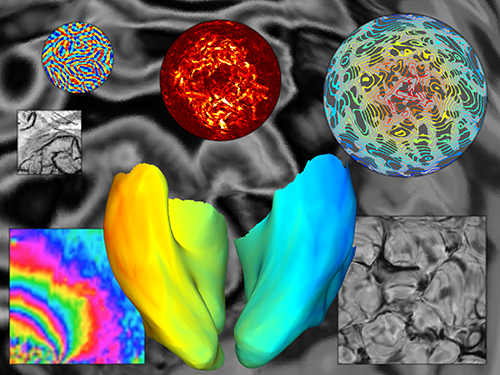 |
 |
|
|
The Computational
Visual Neuroscience Laboratory (cvnlab)
is located at the Center for
Magnetic Resonance Research (CMRR) at the
University of Minnesota. We are a highly
collaborative lab that seeks to integrate broad
interdisciplinary insights to understand brain
function. If you are interested in collaborating
or working in the cvnlab, contact Kendrick and also
read the cvnlab
advising/mentoring/collaboration statement.
Research in the cvnlab is vertically integrated --- spanning theory, modeling, data, and analysis --- and lies at intersection of three fields:
The
cvnlab likes high-quality data, clear
and interpretable analyses, and
quantitative models. We are interested in
understanding the limitations of current
methodology and developing ways to overcome these
limitations. In the spirit of reproducible
research, we make freely available software tools
and data resources developed in the course of our
research. |
News March 2025
February 2025
October 2024
September 2024
May 2024
April 2024
February 2024
January 2024
|






















































